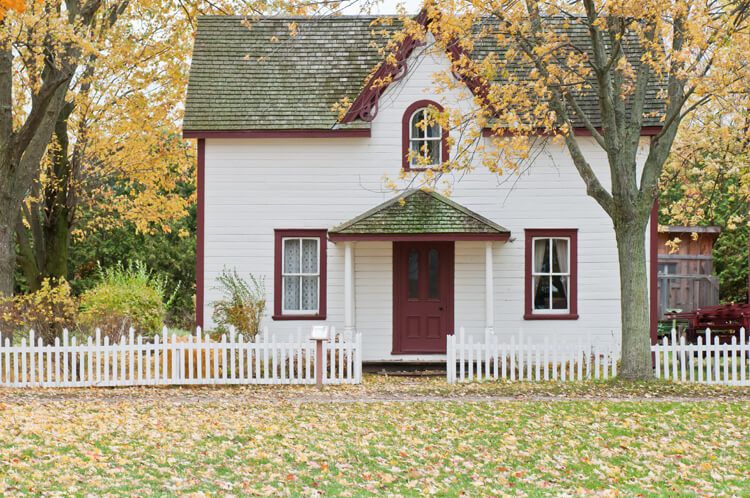Preventing Mold During Construction
One of many things to take into account when building a house or any other facility is the growth of mold during the construction. Mold is everywhere, so it stands as huge and possible threat that can slow the construction and increase costs of replacing affected materials as well as costs of remediation. Depending on climate and location, some construction sites are more susceptible to moisture that later result in moldy buildings. The least expensive way to deal with the mold is the prevention and certain measures undertaken before and during the construction can go a long way.
Carefully Choose Site
Choosing the right location of the construction site is most important in preventing future moisture problems. Proper location with high water table will significantly ease the construction process and prevent moisture entering in the foundations. Also, the land should be drained or graded to redirect rain and melted snow away from the construction.
Inspect Material Shipment
Inspecting building material is highly recommended, even if the construction is taking place in a dry climate. It is of great importance to determine whether the materials were handled and transported properly as well as that there is no excess moisture presence. Manufacturers usually offer options for wrapping the material with moisture resistant protection and often they offer a window for inspection and possible rejection. Make sure to note and return to supplier any flawed material and wait for new shipment.
Storage Conditions
Site storage should be dry and covered, to prevent moisture damage to the perfectly good material. If possible, always store under the roof and a few feet of the ground. Cover the material with plastic sheets to keep it dry but make sure to that the covering is not too tight since the moist can build up in time. Also, limit storage time and have the delivery right before materials are going to be used. The aim is to enclose the structure as soon as possible.
Wet material
It is a common thing that building material does get wet, due to the poor storing options and bad weather. Leave it to dry before being enclosed and make sure that they are dry enough before construction continues. Using a moisture meter can help you determine if the materials are ready for use and know that wood material shouldn’t contain more than 19% of moisture as for the engineering materials the level should be much lower, even down to 4%.
Use Trusses
Mold problems usually develop during the framing, so using the Pre-built components will provide faster process, swift framing and closing the construction much quicker. That way moisture and possible mold will not have enough time to become a problem. Although using trusses is more expensive, quicker construction, mold prevention, and reduced labor costs are the significant advantages.
Invest in Dehumidification Equipment
When building in challenging conditions such as continuous wet weather or time limitations, there may be a need for utilizing a commercial dehumidification equipment. A desiccant dehumidifier is a useful tool in drying construction material by reducing humidity and vapor pressure. So far, it is a most efficient method of accelerated drying of building materials, while it seriously reduces the possibility of mold growth. In a wet climate, this is one of the regular construction expenses and usual practice, same as investing in dilapidation report.
Mold Removal
If the need arises, in most extreme cases calling mold removal professionals is the only possible solution. For many home builders, this is the only hope if any other mold prevention method failed. If the mold remains during construction or if it reappears after the construction was closed in, do not hesitate to reach for help.
Conclusion
Depending on climate, construction time and even luck, some contractors will manage to avoid mold problems. Do not count on luck when undertaking such a big project, be smart and vigilant, take precaution and prevent future problems. Being careful and willing to invest up front can go a long way, especially comparing to the horrific alternative. Many settlements against construction managers, subcontractors, and architects are reaching six figure numbers due to the mold problem, so make sure to follow these tips and prevent problems down the road.
Hannah Thomas is an expert in business innovation and management with a love for writing. She is always eager to learn new things and to share the knowledge she acquired along the way.


1 comment
My company Enclean does exactly this….prevents mold growth on framing during construction!! There is a solution out there! We are a Florida company and its inevitable that during the construction phase, especially during the humid, rainy summer, mold will come to light. It is a cost effective solution and it is tough to get builders to see the real savings by using a prevention method as opposed to waiting for the mold and spending 10xs as much on remediation and affecting the health of the new homeowner. There are solutions out there but builders are not using them. We spray all the wood framing with an antimicrobial solution that leaves a thin invisible coat on the framing and does not let water penetrate the wood! It would reduce liability for the company and protect their bottom line as well as the health of the new homeowners! Peace of mind to both sides of a new construction build. I hope to get the word out there so we do not have to see any more sick homes being sold to unsuspecting, excited new homeowners!